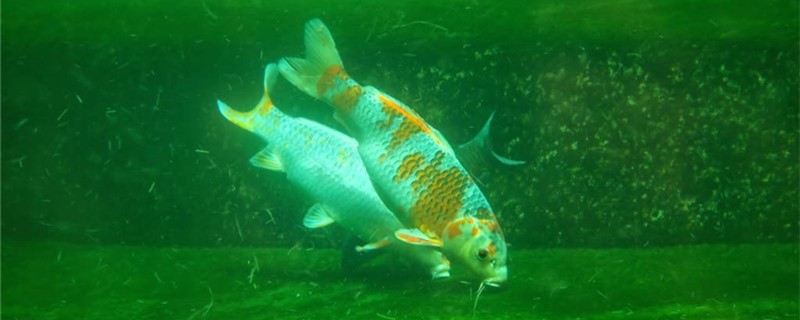
1, density problem: First of all, in order to make koi not easy to die, we must pay attention to the density problem. If the tank is too small and too many koi are raised, it will easily lead to competition for food and oxygen, and lack of space, they will easily die. Therefore, the number of Koi breeding according to the fish tank, the volume of Koi is still relatively large, so the number is not too much.
2. Oxygen supply: If the oxygen in the water is insufficient, the koi is easy to die, so pay attention to the dissolved oxygen in the water. If the water is dirty, it will reduce the dissolved oxygen, so it needs to be changed regularly. If the oxygen content is too low, part of the oxygen can be supplied by oxygen pump.
3. Reasonable feeding: If you want the koi not to die easily, you have to pay attention to the feeding problem. Koi can starve to death if they are not fed, and feeding too much can cause them to overeat and the water to get dirty. Therefore, the number of feeding times per day can be once or twice, and the amount of feeding can not be too much.
4. Treat the disease in time: If the koi is sick, they will easily die if not treated in time. In particular, some infectious diseases, not only the symptoms of Koi itself will be very serious, but also infected with other Koi. Therefore, after discovering the relevant symptoms, we should determine what the disease is in time and treat it in time.
Koi breeding, first of all, we should pay attention to a variety of equipment issues, the fish tank is the most important, and then some of the other equipment in the fish tank, such as heating rods, oxygen pumps and so on, can be prepared in advance. Then it is very important to keep the surrounding environmental factors suitable, water temperature, water quality and so on. Another trick is to breed some aquatic plants in the fish tank, which can release oxygen at ordinary times and use them as food when the koi are very hungry. Finally, for newly bought koi, do not pour them directly into the water of the fish tank, but should first put them into the water with the bag, and then put them into the fish tank after a period of acclimatization.